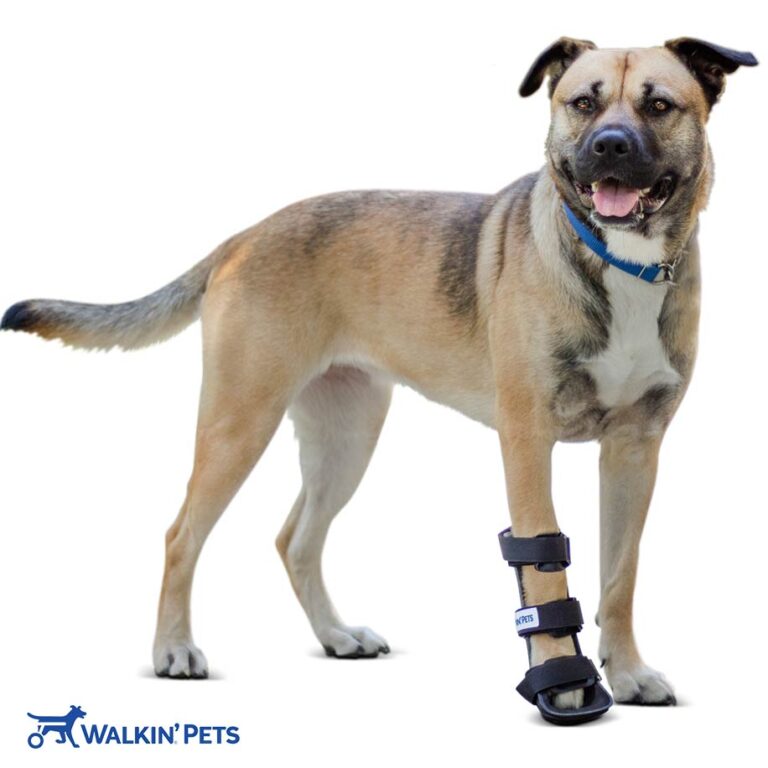I’m sorry to hear about your dog’s injury. You can reach out to local animal shelters for financial assistance.
It’s essential to act quickly to ensure your dog receives the necessary medical care. Your local animal shelters may have resources, such as low-cost veterinary services or financial aid programs, to help cover the costs of your dog’s leg injury.
It’s crucial to prioritize your dog’s health and reach out to local resources for support during this challenging time. Taking prompt action can help address your dog’s injury and provide the care they need without incurring financial hardship. Don’t hesitate to seek assistance from local animal shelters or veterinary clinics to help your dog recover from this unfortunate injury.

Credit: www.wired.com
Understanding Your Financial Limitations
Assessing your current financial situation: It is essential to take stock of your current financial standing, including your savings, income, and any available resources. Navigating the emotional toll of financial strain: Dealing with the emotional impact of financial strain is crucial. It’s important to acknowledge the stress and emotional toll it can take. Seeking support from friends, family, or professionals can offer a source of comfort during this challenging time.
Affordable Options For Pet Care
When faced with unexpected veterinary expenses, it can be overwhelming to find affordable options for pet care. Exploring low-cost veterinary care clinics is a viable solution for pet owners with financial constraints. Many clinics offer discounted services for routine care, vaccinations, and minor medical procedures. In addition, investigating financial assistance programs and grants can provide relief for those in dire financial situations. Some non-profit organizations and animal welfare charities offer financial aid or low-cost medical care for pets in need. Community outreach programs or crowdfunding platforms can also be helpful in raising funds for medical treatment. Seeking out these affordable options can help alleviate the financial burden and ensure timely care for your beloved pet.
Diy Home Care For Your Injured Pet
Creating a comfortable recovery space at home: Ensure that your dog has a designated area to rest and recover, away from potential hazards. Use a soft bed and restrict their movement to prevent further injury.
Basic wound care and monitoring for infection: Regularly check your dog’s wound for any signs of infection, such as redness, swelling, or discharge. Keep the wound clean and dry, and seek veterinary advice if you notice any concerning symptoms.
Managing Costs Without Sacrificing Quality Of Care
Managing the costs of medication and treatment for your dog’s broken leg can be challenging, especially when constrained by a limited budget. However, it’s important to explore budget-friendly alternatives without compromising the quality of care. Consider discussing with your veterinarian the possibility of using generic medications or exploring discount programs offered by some pharmacies. Additionally, inquire about payment plans or financial assistance options that may be available. When it comes to treatment, inquire about the possibility of splinting instead of surgery, as it may be a more cost-effective option in some cases. Remember, prioritizing your dog’s well-being doesn’t have to mean sacrificing your financial stability. With some research and open communication with your veterinarian, you can find solutions that provide the care your dog needs within your budget.
Financial Preparedness For Future Pet Emergencies
Being financially prepared for unforeseen pet emergencies is crucial. Creating a dedicated pet emergency fund is a proactive step. This fund can help mitigate unexpected veterinary expenses, ensuring that your pet’s care is not compromised. Additionally, long-term financial planning for unforeseen pet care needs is essential. By setting aside a portion of your monthly budget for potential emergencies, you can alleviate the financial strain of unexpected medical expenses for your beloved pet.
Frequently Asked Questions For My Dog Broke His Leg And I Have No Money
What Should I Do If My Dog Breaks His Leg?
If your dog breaks his leg, it’s vital to seek veterinary help immediately. Restrict your dog’s movement, cover the injury, and transport him carefully to the vet. Follow the vet’s advice for treatment and care to ensure the best recovery.
Can I Afford Treatment For My Dog’s Broken Leg?
If you can’t afford treatment, seek out financial assistance options. Some organizations provide financial aid for pet medical expenses. Additionally, ask your vet about payment plans or explore crowdfunding options to help cover the costs of treatment for your beloved pet.
What Are The Potential Consequences Of Not Treating My Dog’s Broken Leg?
Neglecting treatment for a broken leg can lead to long-term pain, disability, and reduced quality of life for your dog. It can also result in further complications, such as infections or worsened fractures. Seeking prompt veterinary care is crucial for your dog’s wellbeing.
Are There Alternatives To Expensive Vet Treatments For A Dog’s Broken Leg?
Some vets may offer alternative treatments or resources to help manage the costs of your dog’s care. Seeking a second opinion or discussing lower-cost options, such as splinting instead of surgery, can be beneficial. Additionally, exploring pet insurance options for future incidents may be prudent.
Conclusion
In such tough times, the best thing to do for your beloved pet is to seek help from your local animal welfare organizations and veterinary clinics. It’s essential to remember that there are always options available, even when money is tight.
Stay strong and keep advocating for your furry friend’s well-being.



